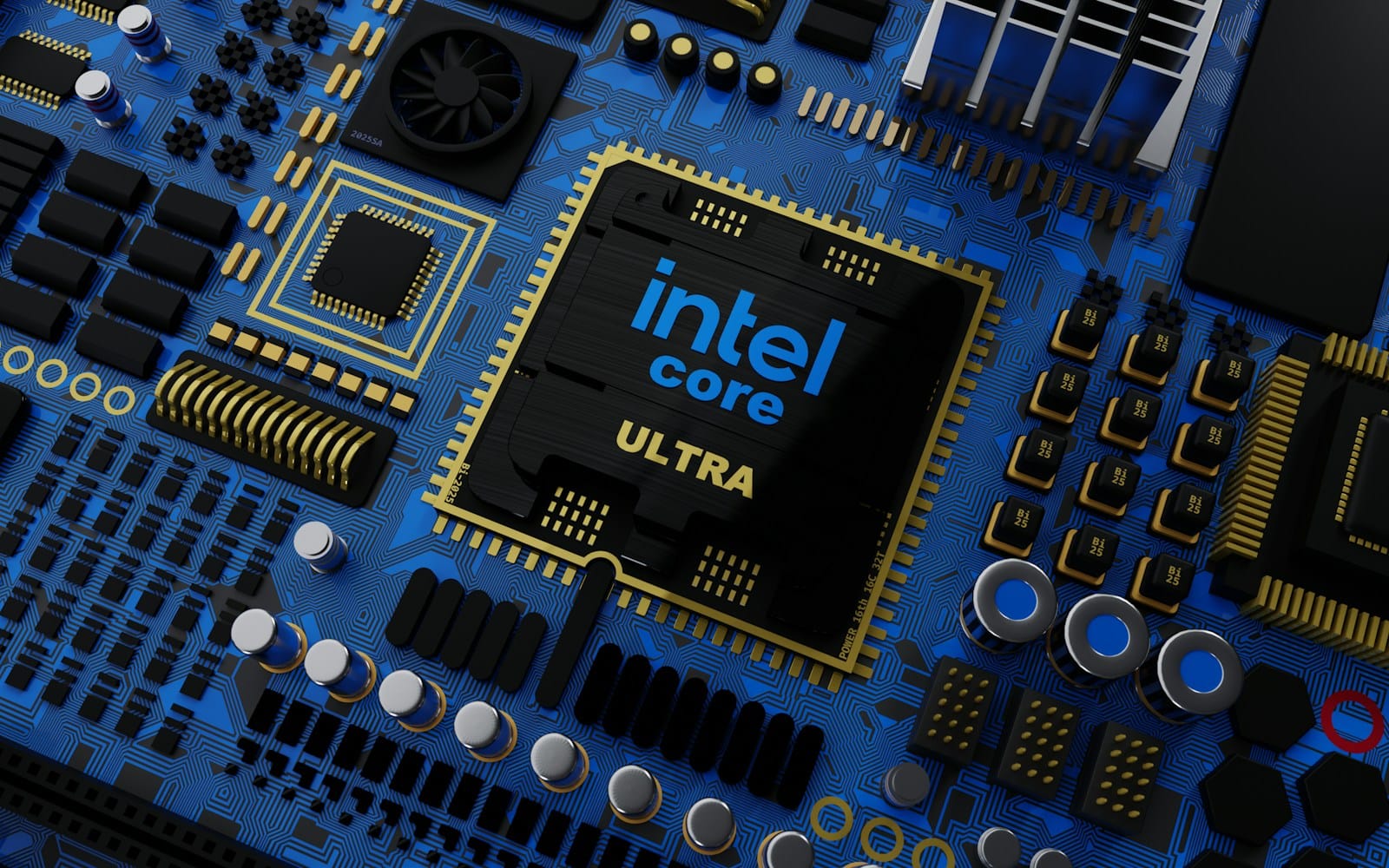Intel plans 15,000 Layoffs to Shift Market Dynamics and Navigate the Financial Repercussions
Intel's layoffs trigger shares to plunge as market reacts to workforce reductions. Investor confidence wanes, impacting stock performance and raising concerns about future growth and stability.

Intel, the multinational technology powerhouse, has made a stunning announcement that it will be implementing significant layoffs as part of a comprehensive restructuring plan aimed at addressing shifting market dynamics. This decision, coupled with a noticeable dip in the company’s shares, draw attention on the turbulent environment currently faced by major players in the technology industry.
Intel, renowned for its semiconductor and microprocessor innovations, is grappling with multiple challenges, including heightened competition and evolving consumer preferences. The layoff news comes as part of a broader strategy to recalibrate its operations and remain competitive in an increasingly volatile market.
Extensive Layoffs and Restructuring Details
We don’t run ads or share your data. If you value independent content and real privacy, support us by sharing.
The layoffs, affecting thousands of employees across various departments, are one of the most extensive workforce reductions in Intel’s history. According to internal sources, departments most impacted include manufacturing, research and development and administrative units. The intention behind these cuts is to streamline operations and pivot towards sectors exhibiting higher growth potential.
Intel’s spokesperson elaborated on the rationale, stating: “The restructuring is essential to align our resources with strategic priorities and enhance our focus on emerging technologies.” This alignment, the company hopes, will bolster its position in areas such as artificial intelligence, cloud computing and advanced manufacturing processes.
Financial Repercussions: Decline in Shares
Following the announcement, Intel’s shares saw an immediate decline , reflecting market apprehension towards the company’s future stability and growth prospects. Shares plummeted by over 6%, marking a significant tumble in their market value. Analysts were quick to attribute this decline to investor uncertainty regarding the effectiveness of Intel’s restructuring efforts and its long-term impact on profitability.
Wall Street analysts expressed mixed reactions. A financial analyst at Morgan Stanley commented: “While restructuring is a necessary move, the market’s reaction indicates broader concerns about Intel’s ability to navigate through its current challenges and execute this plan effectively.”
Intel’s predicament is emblematic of wider trends impacting the technology sector. The industry is currently navigating a complex landscape marked by rapid technological advancements, frequent disruptions, and aggressive competition from both established firms and agile startups. Companies like AMD and Nvidia have continuously intensified competitive pressure on Intel, capitalizing on niche segments that Intel has struggled to dominate.
Furthermore, the global semiconductor shortage has exacerbated the challenges, hampering Intel’s ability to meet demand and maintain its production schedules. As companies scramble for market share in increasingly saturated segments, Intel’s restructuring plan is a proactive attempt to circumvent these pressures and reposition the company in areas predicting higher growth.
The layoffs and subsequent share decline have triggered discussions on the broader implications for both Intel and the technology industry at large. Analysts suggest the immediate focus for Intel should be on ensuring that the restructuring translates into tangible improvements in operational efficiency and market positioning.
Jefferies’ tech analyst highlighted: “Intel’s success will depend largely on how well it can manage the transition without disrupting its core capabilities. Aligning resources to future-tech initiatives is crucial, but sustaining current revenue streams is equally important.”
Future Outlook
While Intel’s announcement has undoubtedly cast a shadow of uncertainty, the restructuring plan also signals a forward-looking approach, potentially paving the way for innovation and improved competitiveness. Industry experts foresee a transitional phase where the company’s ability to adapt rapidly will be tested.
Tactically, it involves not only cost-cutting through layoffs but also strategic investments in burgeoning domains. Intel’s future hinges on its agility in leveraging its vast pool of talent and resources to innovate and emerge as a leader in new technological frontiers.
Conclusion
In summary, Intel’s decision to lay off a substantial portion of its workforce and the resultant decline in shares is a crucial juncture for the company. As it undertakes this challenging restructuring process, the stakes are high for Intel to prove that these changes will bolster its long-term viability and restore investor confidence.
The unfolding scenario at Intel offers a vital case study in strategic adaptation, highlighting the necessity for established tech giants to continuously evolve in response to ever-changing market demands. Whether Intel can turn this period of upheaval into a renaissance remains a significant point of interest for stakeholders in the technology sector and beyond.
Do you want to share your professional opinion and inspire our readers ? YOUR EXPERTISE could be paving the way for a fairer society and progress.